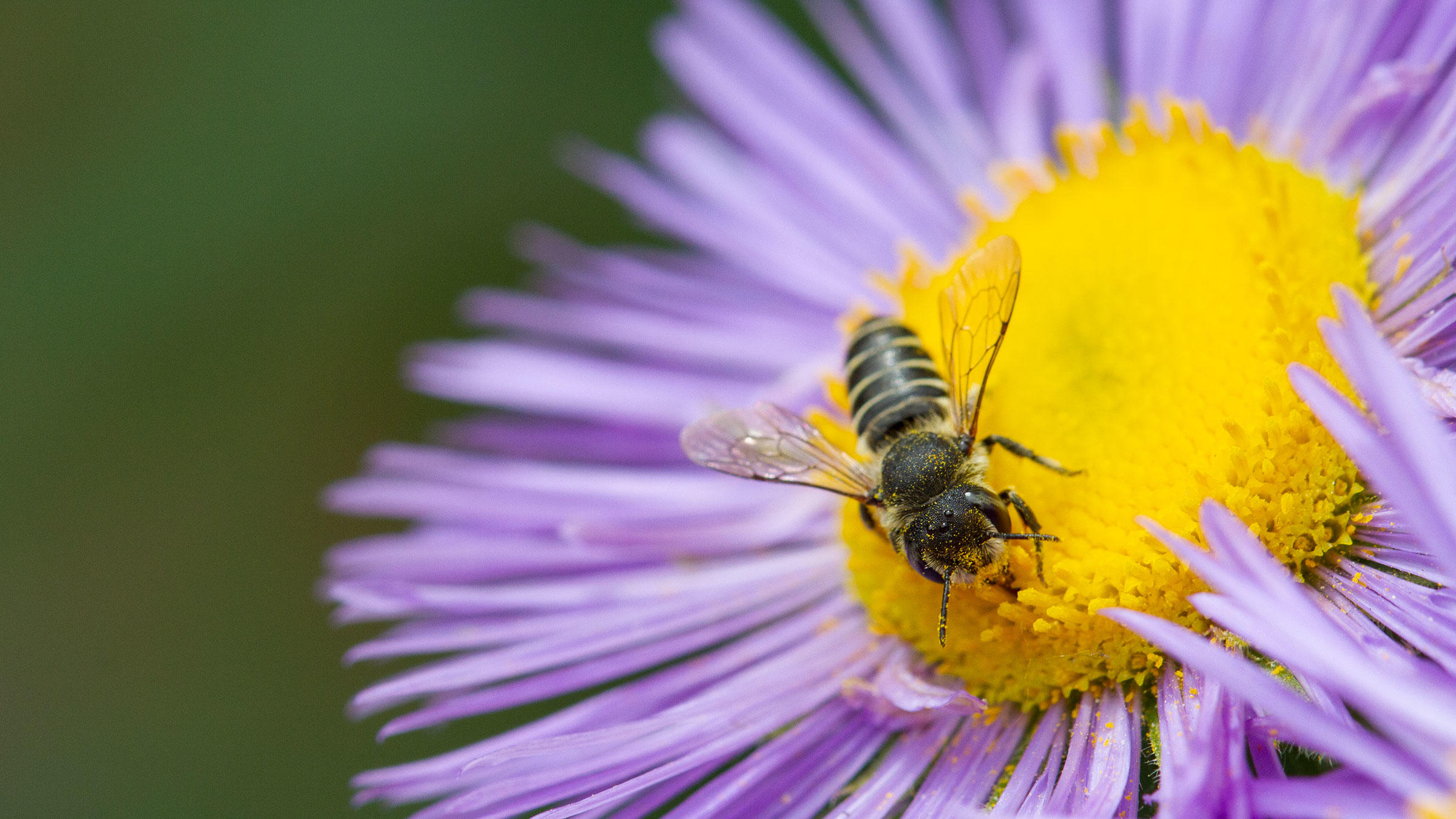

The honey bee (Apis mellifera) was originally brought to North America by European settlers in the 1600s for the production of beeswax and honey. While the iconic European honey bee may be far more familiar to most of us, it is an introduced species from Europe and is not included in this group of critical North American pollinators. So too then would the countless species of animals, from tiny birds to giant grizzly bears, which depend upon these plants for food and shelter. Without native bees, most of our flowering trees, plants and shrubs would eventually disappear. And our native bees and native plants have evolved together over the millennia, forging even more specialized and effective partnerships. Female bees are specifically designed for the efficient collection and transport of pollen, which they use to provision nests for their offspring. Outside of a few species of wasps, bees are the only pollinating insect to deliberately collect pollen. What makes bees such uniquely effective pollinators? Of all the pollinating insects, which include bees, wasps, flies, butteries, moths and beetles, bees are by far the most important group of pollinators.

Washington State alone is home to more than 600 species of native bees – the premiere pollinators that ensure the health and persistence of our Northwest plant communities. North America boasts close to 4,000 species of bees that are native to this region, and which are essential to the survival of the plants that anchor our natural ecosystems. Nearly three-quarters of the earth’s flowering plants, including most of our fruit, vegetable and seed crops, depend upon the pollinating services of bees for healthy reproduction.


 0 kommentar(er)
0 kommentar(er)
